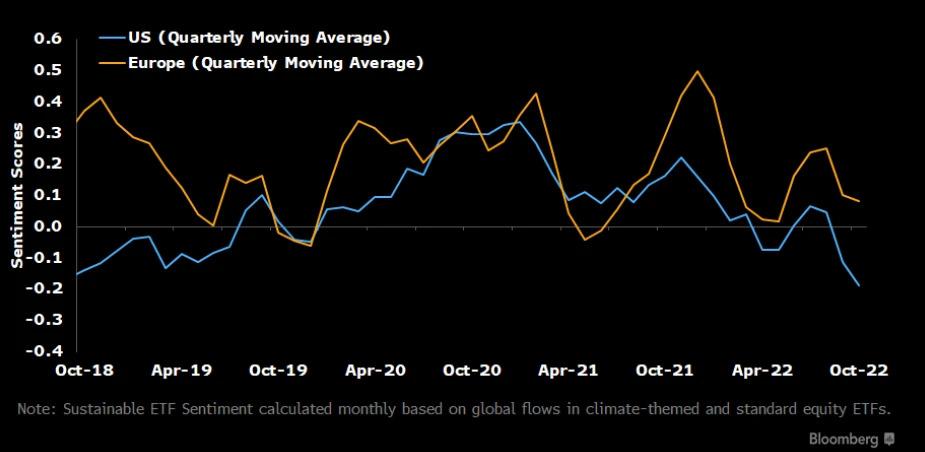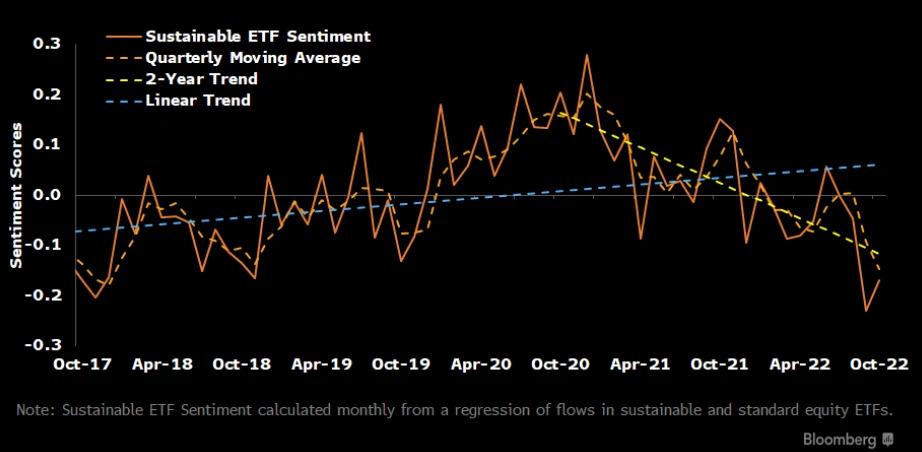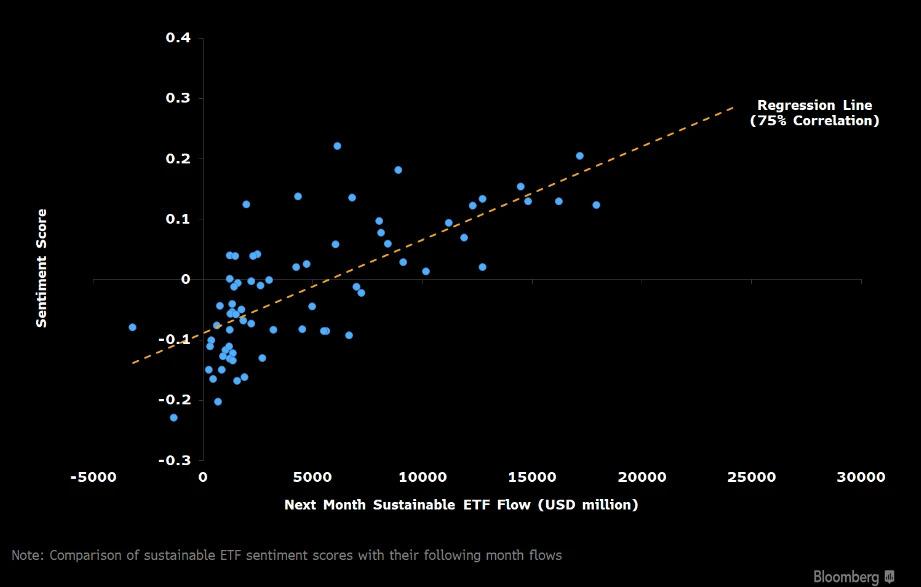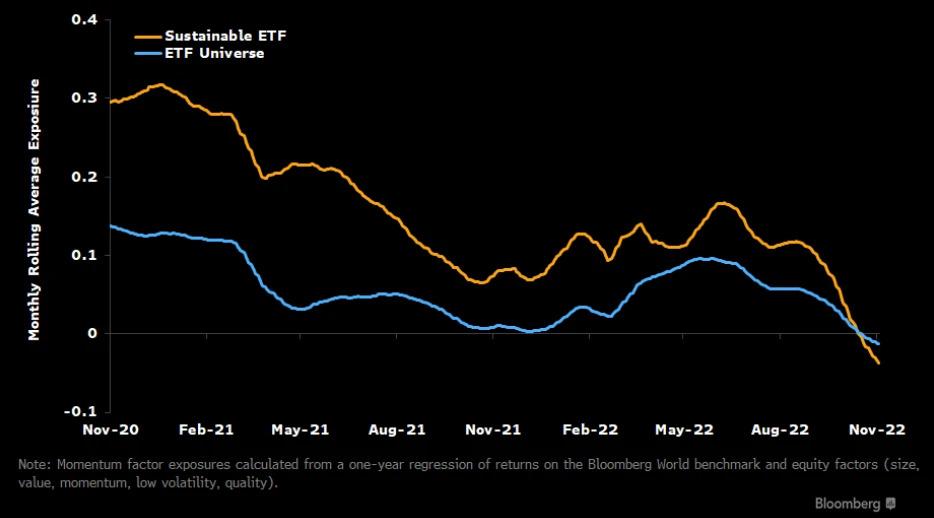2023 Outlook: Global ESG
Originally published by Bloomberg Professional Services
This analysis is by the Bloomberg Intelligence ESG Team. It appeared first on the Bloomberg Terminal.
In politicized times, ESG reframes markets and becomes pivotal. In 2023, we expect more pressure for stewardship accountability as activism builds, credible disclosure shifts the focus to performance and regulatory scrutiny in Europe prompts stronger products and flows while the US faces rockier roads. Although fossil fuels are hard to quit, energy security fuels the green transition, climate commitments and carbon pricing. And, after the Great Resignation, employee-friendly companies gain a competitive advantage.
Greenwashing, energy security and geopolitical concerns raised questions about ESG’s efficacy, leading to a two-year decline in net inflows. However imperfect, we believe ESG comes into a recovery to assess long-term risks and changing industry landscapes as markets recognize a key framework in those three letters.
Europe resilient despite weak global ESG ETF sentiment
ESG ETF sentiment in Europe remains positive for 2023, defying a global declining trend of the last two years. Our 2023 global ESG ETF view remains neutral as SFDR Article 9 funds and a MiFID II sustainability amendment can support continued appetite for European ESG ETFs, while global demand will likely stabilize following weaker short-term flows and momentum.
ESG sentiment holds up in Europe, defying global slump
ESG ETF sentiment remains positive in Europe, while the US has seen a decline mirroring the global trend. European ESG ETFs may continue to see inflows, especially with funds seeking Article 9 labels under the EU’s Sustainable Finance Disclosure Regulation (SFDR), and an amendment in MiFID II regulations on disclosing investors’ sustainability preferences can also support demand for ESG ETFs.
Our sentiment score is based on a regression of flows into ESG and non-ESG global ETFs. The model calculates the impact of ESG or sustainability goals on flows while controlling for fund volatility, returns and net asset values.
2023 recovery plausible for global ESG ETF sentiment
The global appetite for ESG ETFs (those incorporating ESG, sustainable or climate themes in their objectives) is in the midst of a two-year decline, but a 2023 rebound remains plausible if the long-term growth trend remains intact. The ongoing sentiment dip represents a sharp deviation from an upward longer-term trajectory. A 2023 reversion to this growth path may be possible as investors globally continue to demand ESG-informed products.
The current lows in our ESG ETF sentiment metric are likely the result of short-term performance-driven reactions to energy prices and economic growth risks. The scores turned negative in early 2022 and continued falling to minus 0.17 in October, from a 0.28 peak in December 2020.
Flows to remain low until ESG ETF sentiment recovers
Negative sentiment scores for ESG ETFs signal that their flows may remain weak in the near term, both by historical standards and in comparison to peers. Based on our model, we would expect to see sentiment back in positive territory before a recovery in ESG ETF flows.
The model produces a strong correlation of 0.75 between sentiment and the following month’s ESG ETF flows, indicating that depressed current scores will likely weigh on near-term flows. Moreover, the negative figure indicates that ESG ETFs may also experience weaker flows vs. their nonsustainable peers.
Momentum fades with near-term performance headwinds
Ebbing momentum may also reflect the ongoing performance headwinds for ESG ETFs. Their median exposure to momentum — a factor that captures the spread between past-year high and low-performing equities — fell below zero in September from a peak of 0.3 in December 2020. The ESG ETFs’ momentum tilt no longer exceeds that of peers, representing a break from the previous two years, when the momentum factor was a key performance driver.





